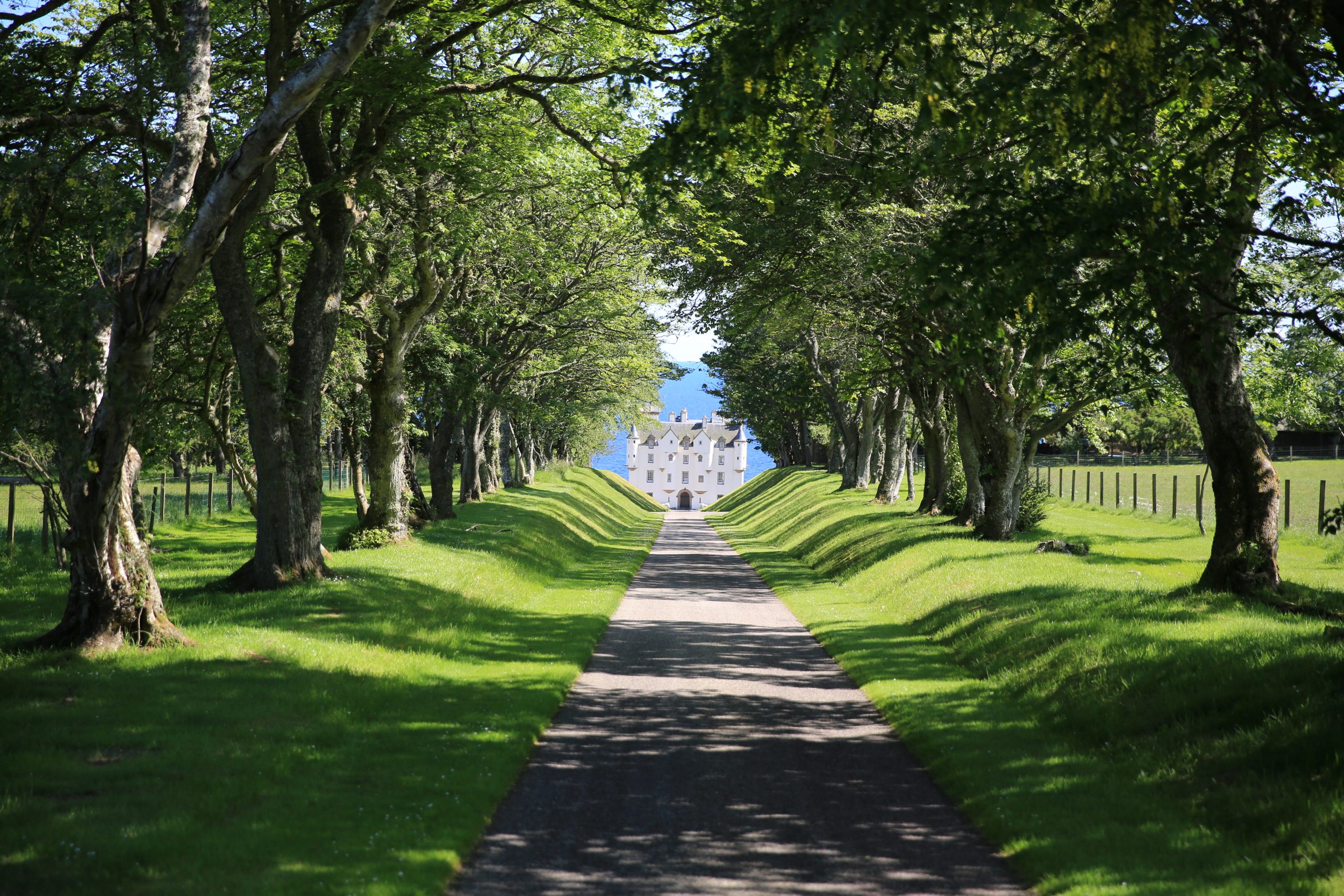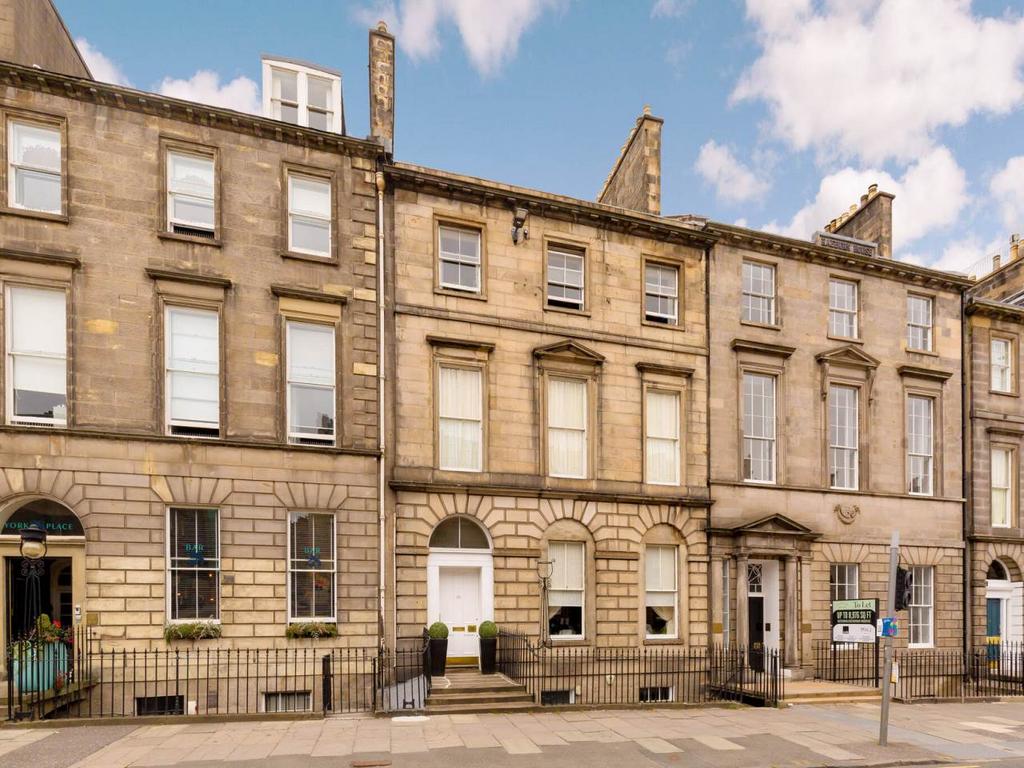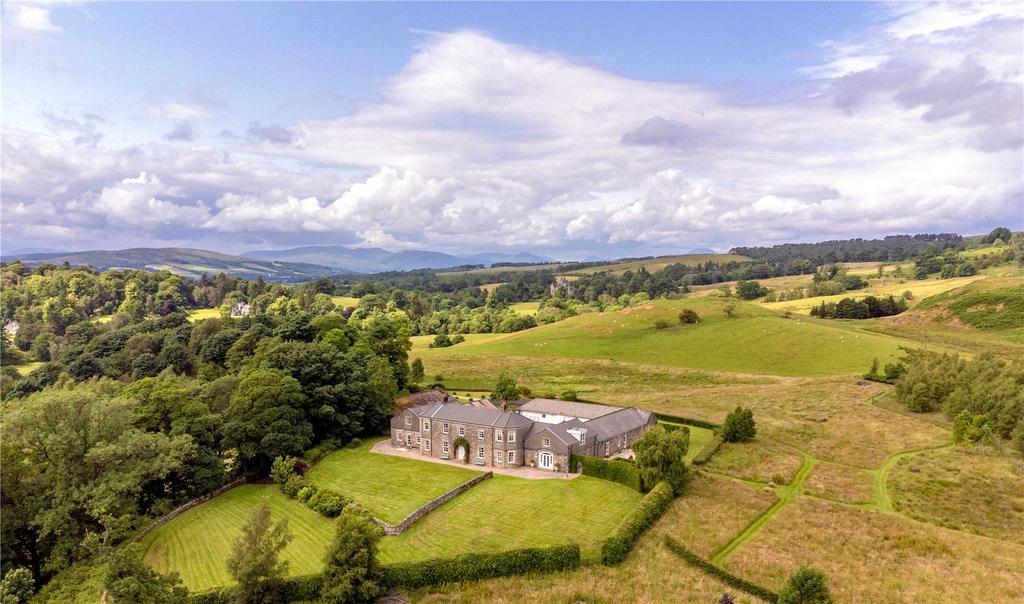Why Scotland is leading the way in the UK’s high-end housing market
Got your heart set on a remote island in the Hebrides or a grand townhouse in Edinburgh? You’ve got competition. Scotland is the most-searched for location outside London on Savills’ website, finds Annabel Dixon.


Who hasn’t looked at what property you could get for the same price tag in different parts of the UK?
Just cast your eye over Torsa, an idyllic Scottish island, currently on the market for £1,500,000. For that same price, you could snap up this two-bedroom flat in London’s Southwark or this three-bedroom home in East Grinstead.
Well not only are you likely to get more bang for your buck in Scotland compared with some other parts of the UK, fresh research suggests that you could also tap into stronger house price performance.
Because when it comes to house prices across the UK’s ‘increasingly price-sensitive’ prime markets, Scotland is the ‘standout performer’, according to Savills.

We’re talking about the high end of the housing market, which is the top 5% to 10% of homes by value.
Prime UK house prices slipped in the three months to the end of September, leaving them down 5.2% year-on-year. But values at the top end of Scotland’s housing market held steady over the same three months, leaving them down 1.1% year-on-year.
And taking a slightly longer view, prime UK house prices are 10.5% above their pre-Covid level, while in Scotland, prime values are 16.1% higher than March 2020. The figures have prompted Savills to declare Scotland the strongest-performing region in the UK.
Exquisite houses, the beauty of Nature, and how to get the most from your life, straight to your inbox.
Let’s make this more tangible. Say you bought a £1,000,000 home just before the first lockdown. (This is the top end of the housing market, after all.) It would be worth £1,105,000 today as a prime UK average value. And it would now stand at £1,161,000 in Scotland.
For close to that price, you could snap up this four-bedroom townhouse in Edinburgh's upmarket New Town neighbourhood, or this five-bedroom house nestled in 38 acres of West Dunbartonshire countryside.

‘A demand versus supply imbalance for appropriately-priced, well-presented homes in key locations is leading to competitive bids in many key areas,’ says Cameron Ewer, Savills residential head in Scotland.
'Scotland is now the most ‘searched for’ location on Savills’ website outside London, attracting buyers with deeper pockets from all over the UK and global locations.
‘However, buyers are currently highly selective and discretionary, meaning realistic pricing is now the key to getting a sale over the line. In addition, challenges being presented by ‘chains’ are becoming a more regular feature of the market on both sides of the border, with blockages caused by mortgage funding issues impacting sales further up the transaction.’

So what about the other regions? Broadly-speaking, prime areas furthest from London are holding up the strongest, says Frances McDonald, director, Savills residential research.
While there are exceptions, such as Beaconsfield and Henley, the suburbs and commuter belt around London are feeling the squeeze of higher borrowing costs, Savills points out. Values in these prime markets fell between 6.5% and 7.1% during the past year, compared with a more modest 2.1% drop across prime London.
Even other sought-after places like the Cotswolds and prime coastal areas, where house prices soared during the pandemic, are now ‘behaving somewhat differently,’ as Savills rather coyly put it. House prices in these areas are down 3.4% and 6.4% year-on-year respectively.
On that note, a gradual return to more normal working patterns has taken some of the sheen off large country houses. UK prices for country houses have dropped 5.7% year-on-year, with a 9.4% drop in the south east of England.
McDonald adds: ‘Across the market as a whole, lower value properties are showing most price resilience, a clear signal that the prime markets – though driven in large part by cash and equity – are not immune to the rising cost of borrowing and the wider macroeconomic backdrop.’

The great estates of Scotland sold last year, from castles and islands to vast swathes of highlands
Penny Churchill takes a look at the thriving market for Scotland's vast estates.

A weekend (or longer) on Skye, Scotland: What to do, where to eat, where to stay
How to make the most of one of Scotland's most beautiful islands, by Mary Miers.

